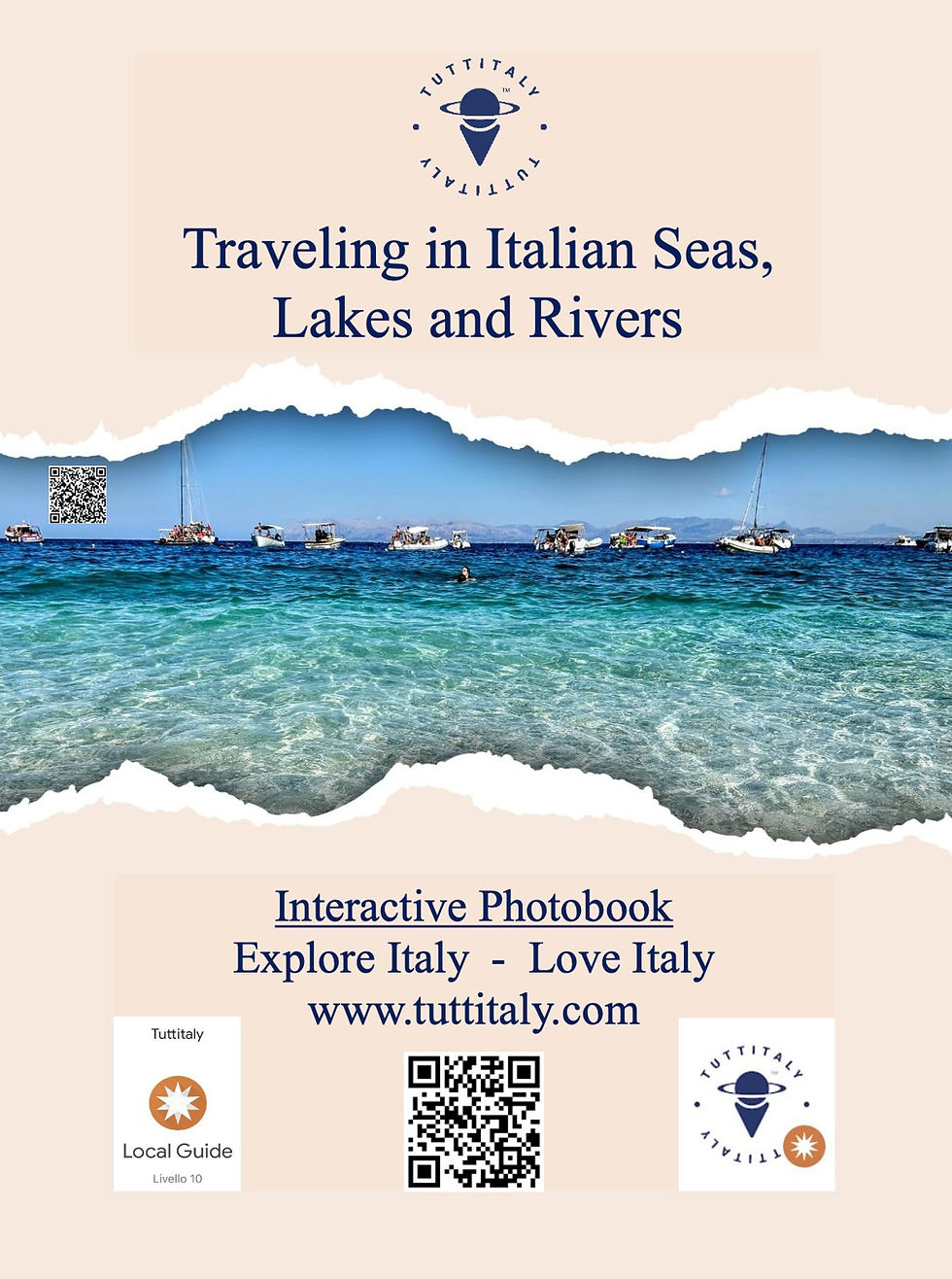It is the smallest of the Egadi Islands, but it knows how to get involved and fascinate—a privileged destination for diving lovers. The town is tiny; from the sea, it looks like a nativity scene with no cars, and silence is the absolute protagonist! The island is famous for being the site of the Battle of the Egadi Islands, in the power struggle that took place in the sea during the First Punic War between the Romans and the Carthaginians... #tuttitaly
Levanzo, an enchanting island of only 6 square kilometers, stands as an oasis of peace in the midst of Sicily's deep blue sea. Its land is divided between arid, sun-kissed corners and wide-shaded, lush green areas, offering a perfect mix for those who wish to reconnect with nature and themselves.
Grotta del Genovese
The characteristic white limestone rocks of Levanzo unfold in numerous caves, among which stands out the renowned Grotta del Genovese, witness to prehistory in Sicily. Here, rock paintings and graffiti dating back to the Upper Paleolithic tell ancient secrets of the island's past.
Sea
Levanzo is not just ancient history: its azure and crystalline waters are a paradise for diving enthusiasts, with seabeds rich in marine life and archaeological finds that narrate the Battle of the Egadi fought between Romans and Carthaginians in the distant 241 BC.
Village
The village of Levanzo, with its nativity scene appearance overlooking the sea, conveys a sense of peace and tranquility. With no cars to disturb, silence is only interrupted by the sound of waves crashing against the cliffs and seagulls squawking along the coast.
Gastronomy
Levanzo's delightful gastronomy celebrates the flavors of the sea with incredibly fresh "zero-mile" fish. Among the most beloved traditional dishes is the "Cabbucio alla levanzara," a delicious sandwich made with pizza dough topped with cold cuts or fish.
Conclusions
Levanzo, with its strategic position among the other Egadi islands, is a treasure to discover for those who wish to immerse themselves in the beauty of nature, history, and Sicilian culture.


























Comments